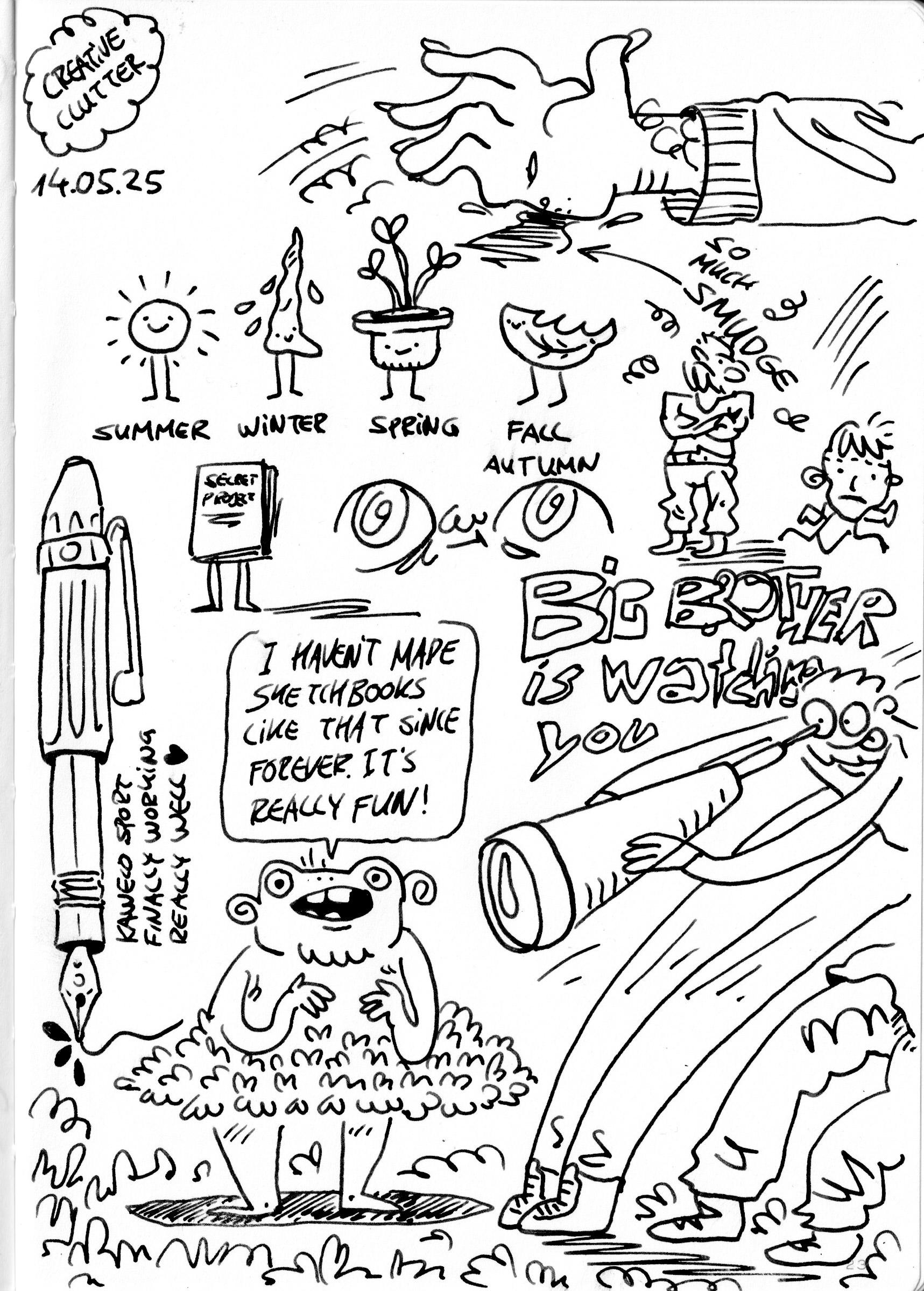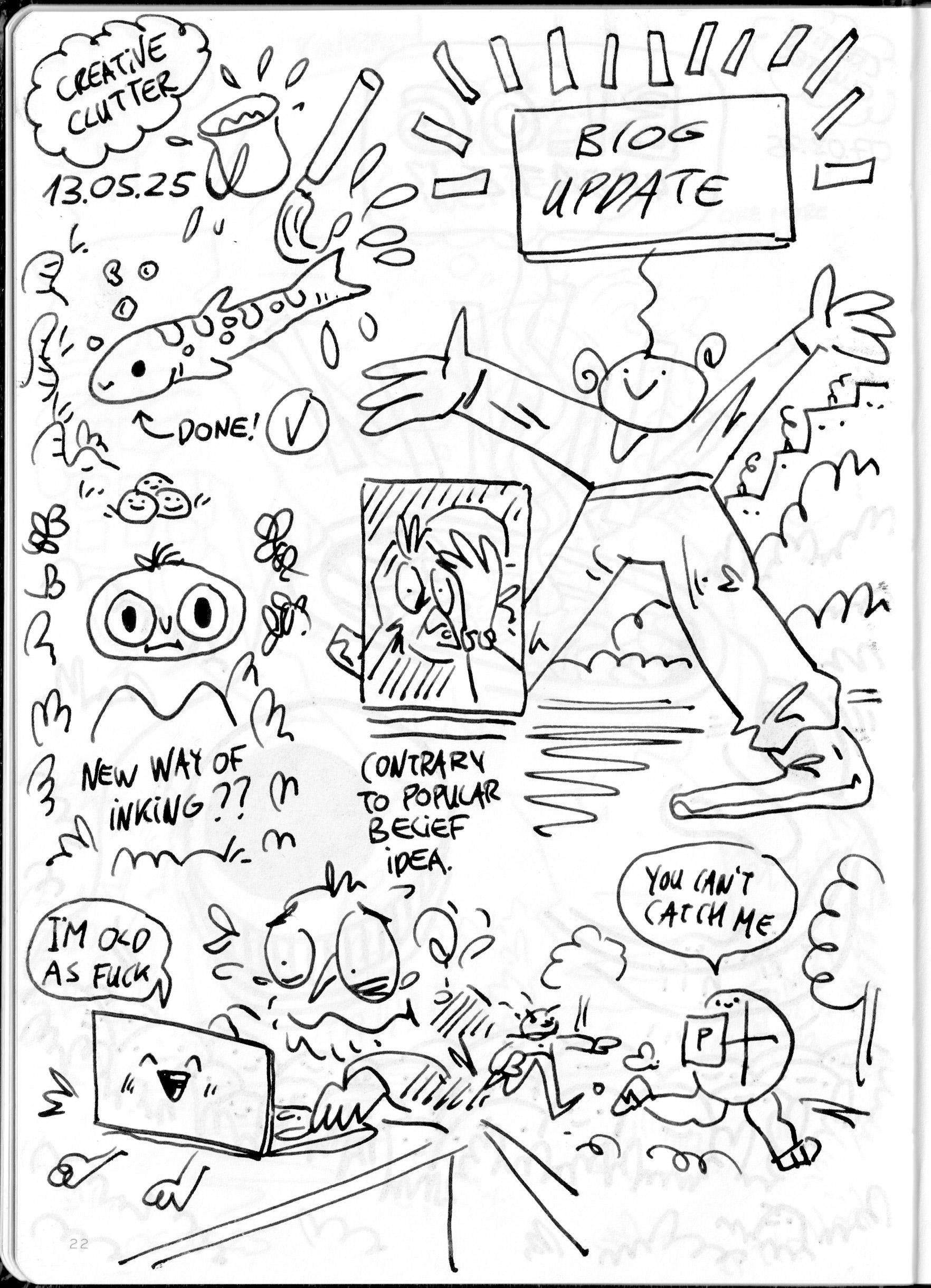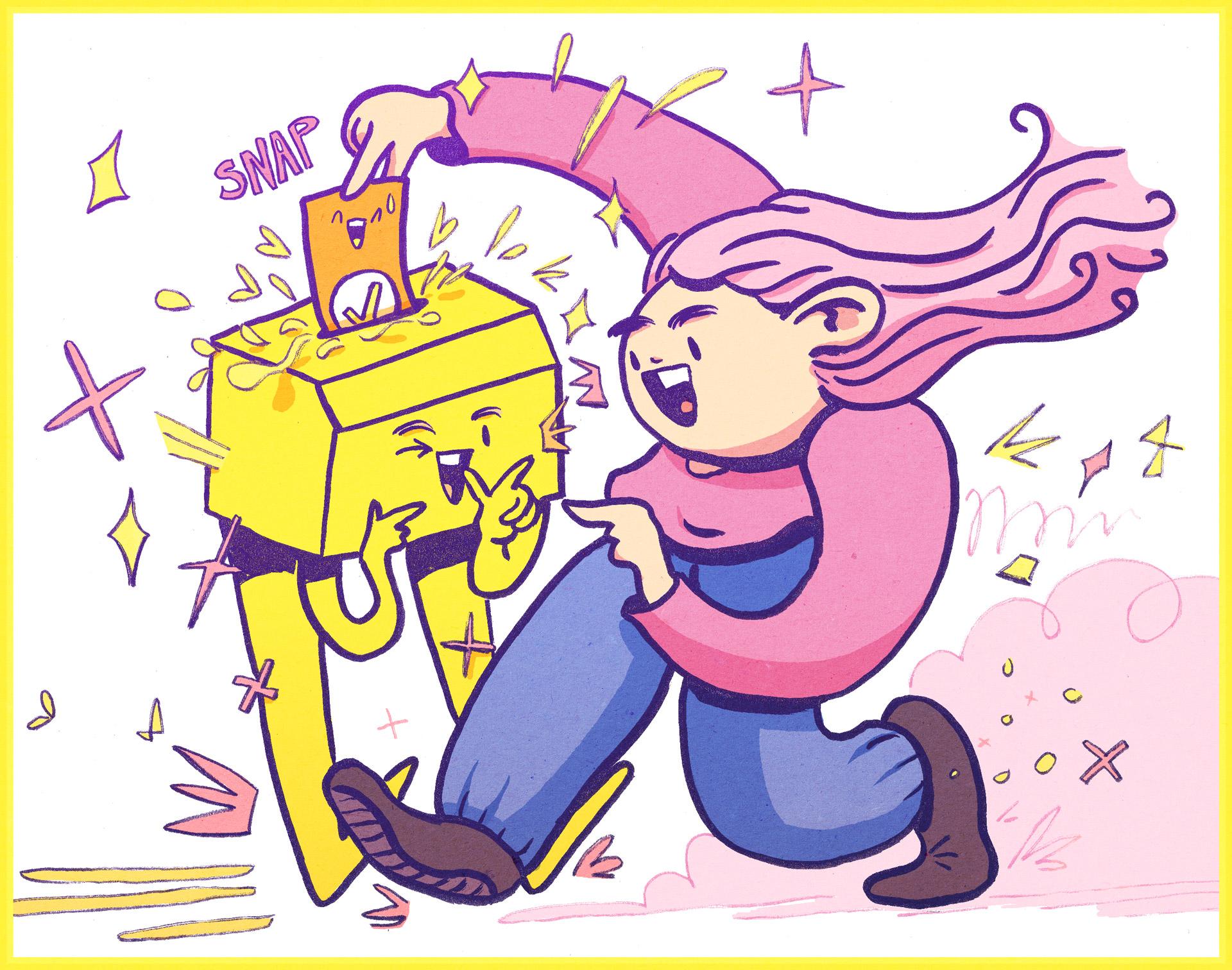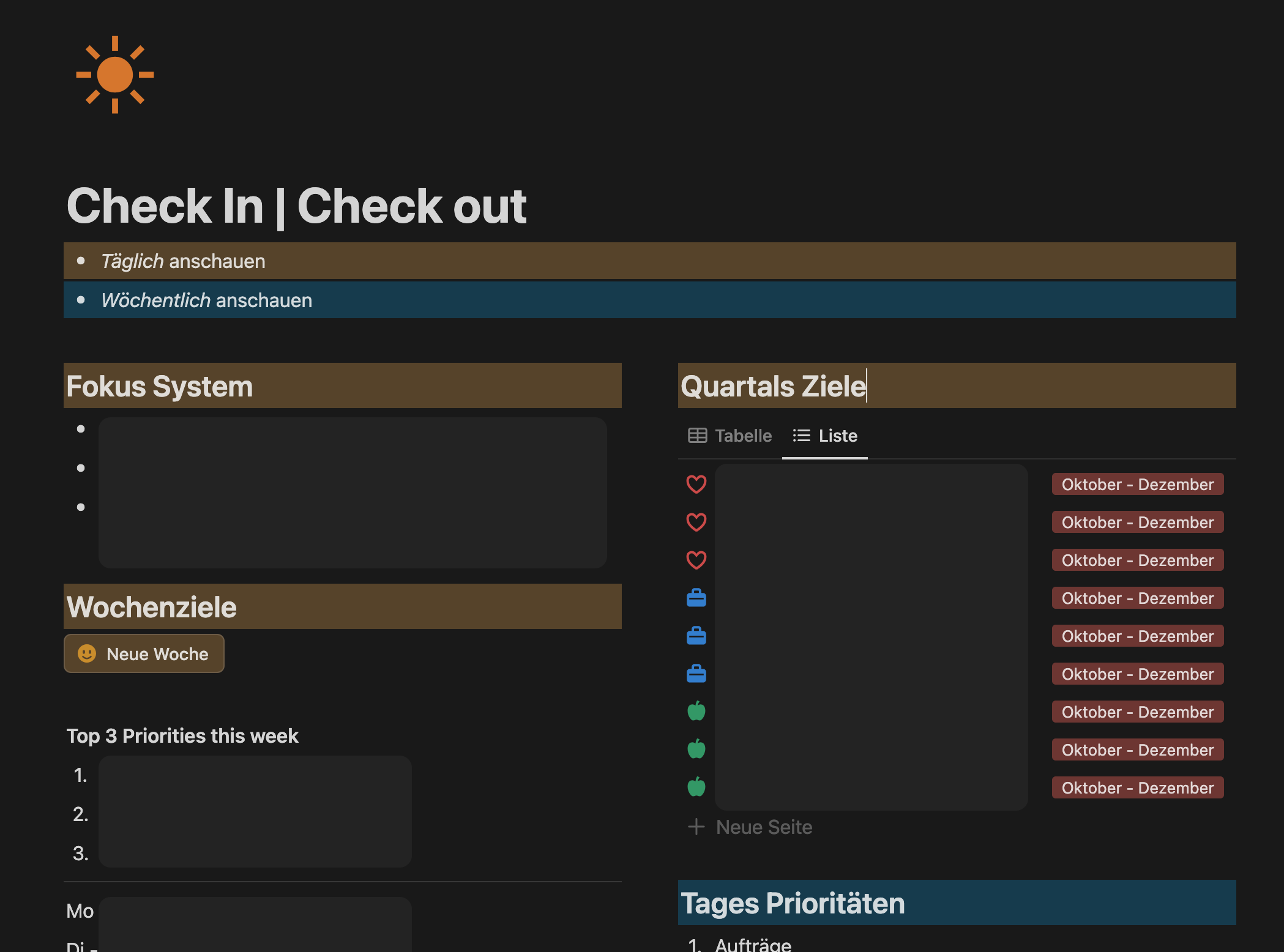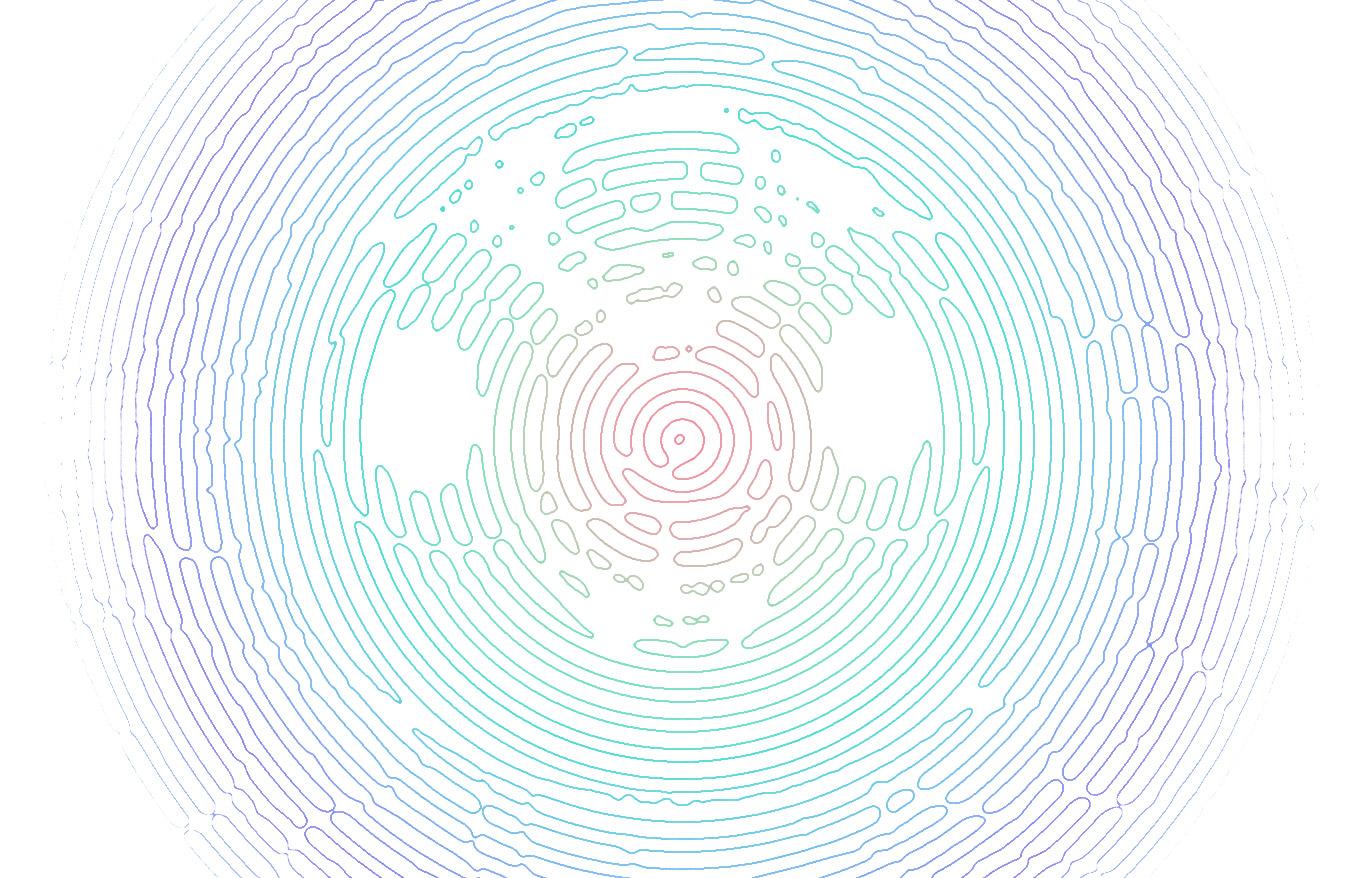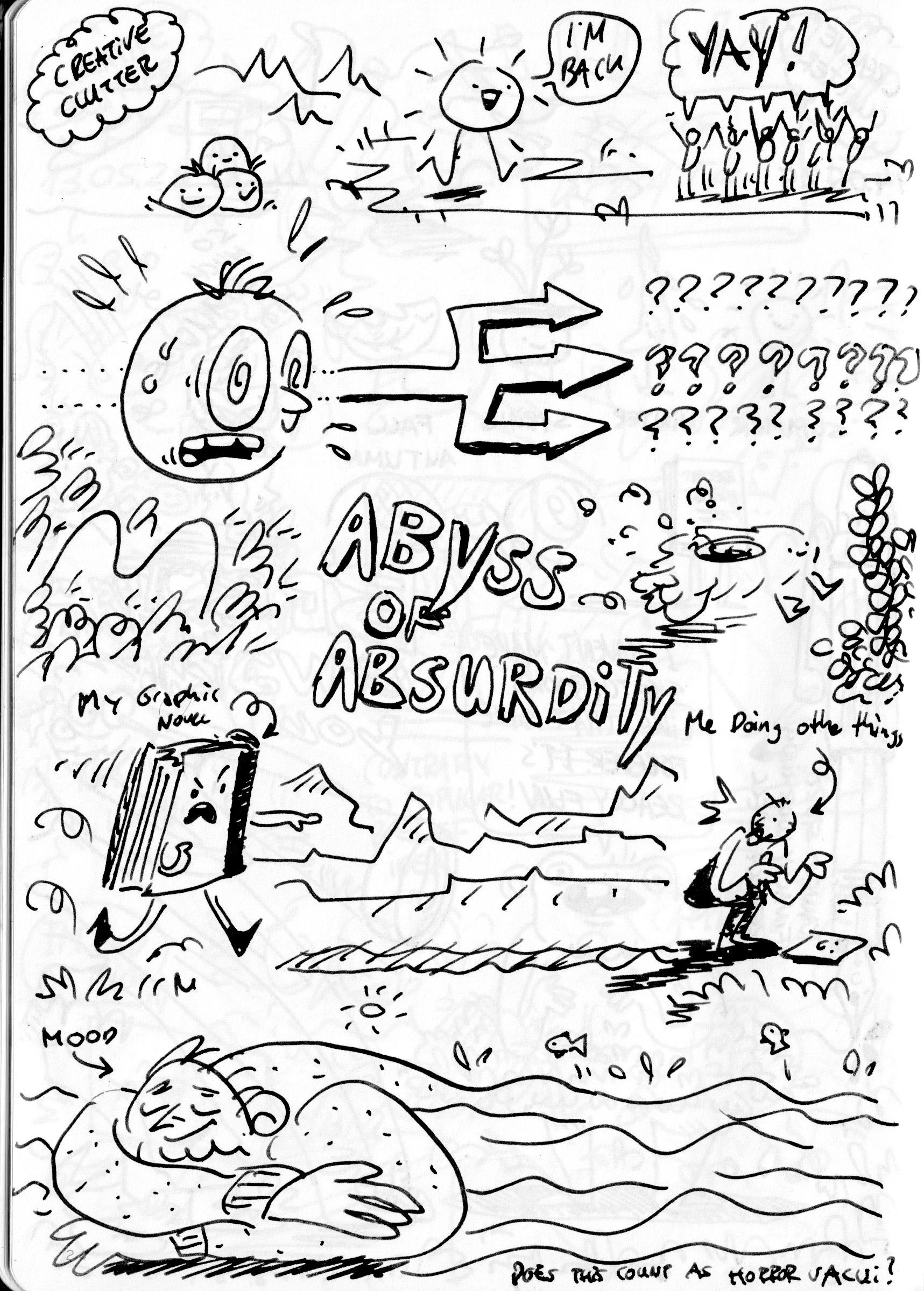
I always have trouble making decisions. I’m experiencing this at the moment because I started working again on my graphic novel “Abyss of Absurdity“. For a year and a half, I made a hell of a lot of progress on this thing, but after I finished the prologue and started working on the rest of the final pages, a lot of things got in the way of finishing the comic. This week I’ve had time to work on it, but now I don’t like the style of the whole thing anymore.
Now I’m back to “What will the final graphic novel look like in the end”. But it is really hard to make those decisions because it is something I have to work on for months or years. And I want it to be almost “perfect” (I know that this is not possible).
So here’s a list I wrote down a long time ago to help me, and which might help you if you have the same problem in your life.
How to Make Decisions
Set a Time Limit
Set yourself a specific time to make decisions. Sometimes endless thinking can lead to even more uncertainty. When you set a deadline, you force yourself to make a decision.
Pro and Con List
Make a list of the pros and cons of the different options. This can help you better understand the potential consequences and make an informed decision.
Seek Advice
Talk to other artists, friends, or mentors about your ideas. Sometimes outside perspectives can help you better understand the pros and cons and make decision-making easier.
Test It Out
Before you finalize your decision, you could create a small test version. In my case, maybe I could do several small sample pages to see how it looks. This can give me a better idea of what the final result could look like without making a full page.
Accept That Not Everything is Perfect
Sometimes we try to make the perfect decision, but this is rarely possible. Accept that there is no perfect solution and that mistakes or changes are still part of a valuable creative process.
Visualize the End Result
Visualize what the result will look like when you decide on an option. This can help create an emotional connection to the choice and help you make a decision.
Focus on the Goal
Remind yourself what you want to achieve with your creative projects. What feeling do you want to convey? What message do you want to send? This can help you choose the option that best fits your creative vision.
Make it an Iterative Process
Remember that many creative decisions are not final. You can always make adjustments as you continue to work. It’s normal for things to evolve during the process.
And sometimes I try to think of a phrase someone gave me on my way to becoming an illustrator: “Decisions are easy. You just have to make them.” I love that because, at the end of the day, all that matters is showing up and doing the thing. So I am trying to use this new post of my series “Creative Clutter” to finally make a decision for my Graphic Novel!
